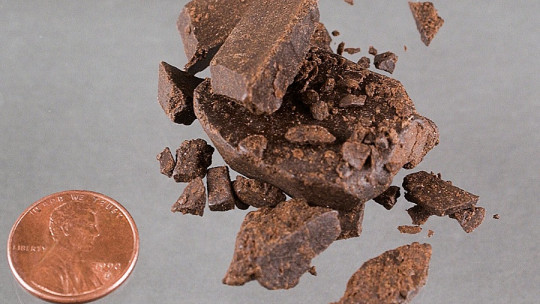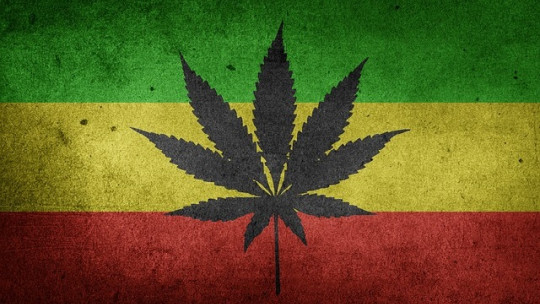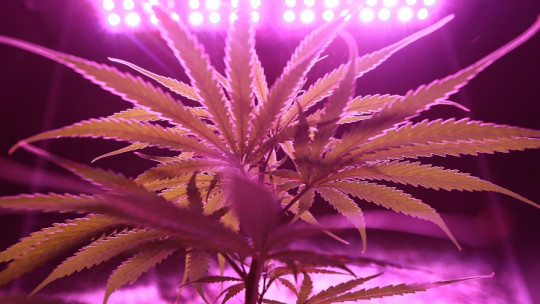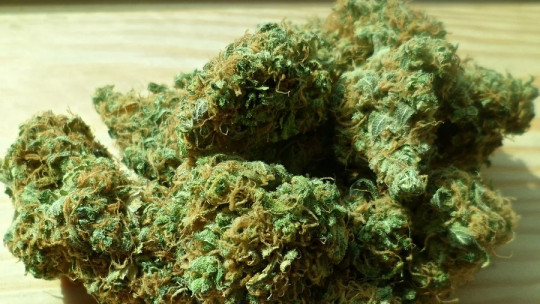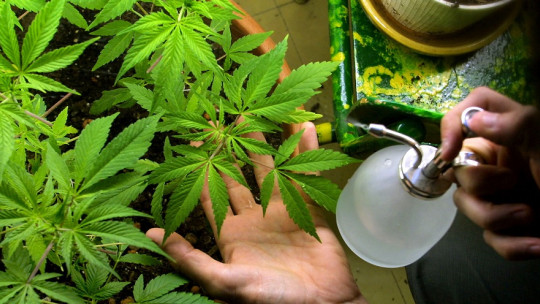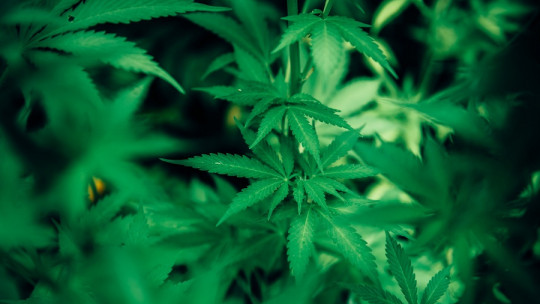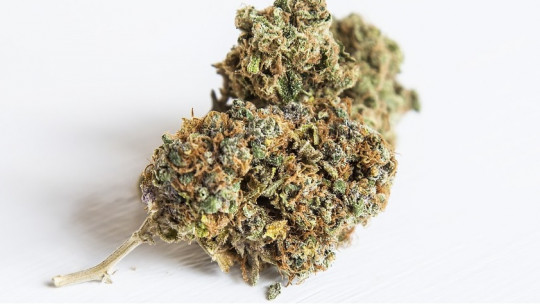Marijuana and hashish are two drugs that are often confused. The reason for this is that they are actually related, coming from the same plant, but involving a different production process and consumption.
Next we will see what they are the 6 differences between marijuana and hashish investigating its appearance, way of consumption, preparation and obtaining.
What are the differences between marijuana and hashish?
Marijuana and hashish are two drugs that are very often confused. This confusion makes sense since both come from the same plant, the Cannabis sativa or hemp plant Although its origin is the same, the uses, properties and appearance are quite different, what is usually called marijuana being the dried parts of the plants that are consumed smoked (unprocessed flowers) while hashish is a paste of extracted resin. from the mother plant.
These two drugs can also be obtained from varieties of the other major species of hemp: Cannabis indica. Depending on the variety used, the intensity and characteristics of the effects of both marijuana and hashish can change a lot, with those from the indica branch being those that tend to induce sedative and relaxing effects while those from the sativa varieties are more stimulating, consumed because they are attributed an “energetic” power and with the belief that they promote creativity.
Next we are going to see in more depth what the main differences are between marijuana and hashish, putting these two drugs in common.
1. Origin
Marijuana is essentially the unprocessed dried flowers of the female cannabis plant. It is the plant barely touched, which is why it is also known as “grass.” The process of obtaining this drug is relatively easy, only needing to grow a female hemp plant and, if the necessary climatic and botanical conditions are met, the plant grows strong and healthy, ready for consumption at the right time.
Instead, Hashish consists of the pure resin of the female cannabis plant, extracted from the plant through different processes , both mechanical and chemical. It is obtained from the crystals that are on the outer edges of the plant and that, through a complex process, are extracted and compressed forming compact blocks to be marketed. It is a manufactured product, which requires a large amount of mother plant to manufacture it, which tends to be more expensive than grass.
2. Appearance
Marijuana are the flowers of the female plant, with a green color and a very intense smell This drug is presented in the form of buds, cut at the precise moment of plant growth and dried for later consumption. Likewise, it is worth mentioning that these buds can have multiple colors depending on the variety of cannabis, ranging from greenish-yellow to violet tones.
The ideal marijuana bud has to be halfway between being dry and fresh. If the flowers crunch when compacted and are sticky, it means that they are at the perfect point to be consumed. The shine of the leaves is usually an indicator of its quality and that same shine is precisely the resin of the plant, where THC is found and what makes the bud sticky.
Hashish usually consists of a sticky, earthy paste with an intense smell, but milder than that of marijuana This product can be of different shades, although as a rule it is brown. This aspect depends on the type of plant it comes from, the method of extraction and its purity. In its final form, hashish comes in different forms, mostly in plates, bars, balls or pressed resin powder, having an appearance similar to chocolate.
If the hashish is too greenish in color, this may indicate that it has a high concentration of plant material , implying that there is a lower resin concentration and therefore lower purity. This also affects the intensity of its effects. Likewise, it should be said that this is not a fixed rule, since the pressure of the block also alters the color, making it darker.
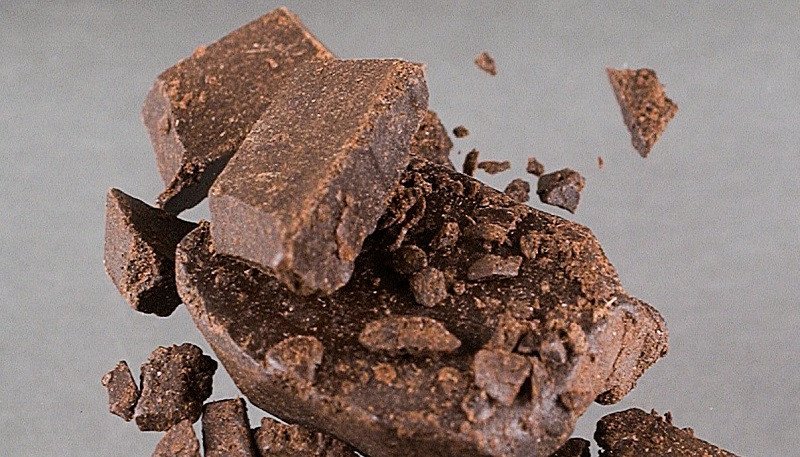
3. Obtaining
As we have mentioned before, marijuana or weed is basically the cannabis plant that has gone through a drying process. It is very easy to obtain, being practically obtained “naturally”, without a demanding chemical or mechanical process. As we said, all you have to do is grow a marijuana plant, dry it when it is at the right point, crush it a little and consume it as you prefer.
Hashish is a manufactured product and as such requires a production process To produce hashish it is necessary to separate the resin from the leaves by drying and cooling the plant. Once this is achieved, the plant is filtered, causing the resin grains to fall through a sieve, a process that may need to be repeated several times. Once the grains are obtained, they are crushed to form a powder, either manually or with the help of a press. The oil that comes out causes this powder to stick, turning the entire product into a mass that can be shaped
4. Intensity of effects
Pure hashish is stronger than marijuana. This is because it is the resin of the processed plant, a substance where the highest concentration of tetrahydrocannabinol (THC) is found, which is the active chemical in hemp that affects the nervous system. THC levels are lower in marijuana, being found in weed at a maximum level of between 25 and 30% On the other hand, hashish has a higher concentration, ranging from 60 to 90%.
However, it is worth mentioning that not all hashish produces such intense effects, because a pure product is not always available. On many occasions this substance is sweetened with others, such as sand, plastic, henna, animal hair or even manure, which in addition to being more dangerous to health, its psychoactive effects are lower as it has a lower concentration of THC.
5. Forms of consumption
Marijuana buds are the main state in which the plant is consumed and it has many uses. Although it is normally smoked in a pipe or rolled cigarettes, marijuana can also be cooked, preparing oils, butter and infusions. Hashish can be consumed in many ways, both in the form of tobacco and in vaporizers. It can also be ingested through food, such as seasoning for cakes, cookies and other pastries.
It is worth mentioning that the taste of both drugs is different Those who take hashish say that it has a more earthy and less floral flavor than marijuana consumed in buds, although this also largely depends on the extraction method and the amount of plant remains that may remain in the final product.
6. Short and long term effects
Actually, marijuana and hashish induce the same effects, however By having a different concentration of THC, their intensity and duration are more varied Marijuana use typically involves milder short- and long-term effects than hashish, especially since weed is arguably a milder drug. However, it is worth mentioning that it depends a lot on the amount consumed daily and for how long drug dependence occurs.
When you consume hashish you ingest high amounts of THC , which means that consumers of this drug can feel many effects that they would have after consuming the marijuana plant but in a much more intense way. Among the effects that can occur in the short term we have:
In the long term, hashish consumption It is related to damage to the lungs and an increased risk of respiratory diseases There may also be a considerable decrease in cognitive reasoning abilities, hormonal changes, and physical and psychological addiction to the drug.


